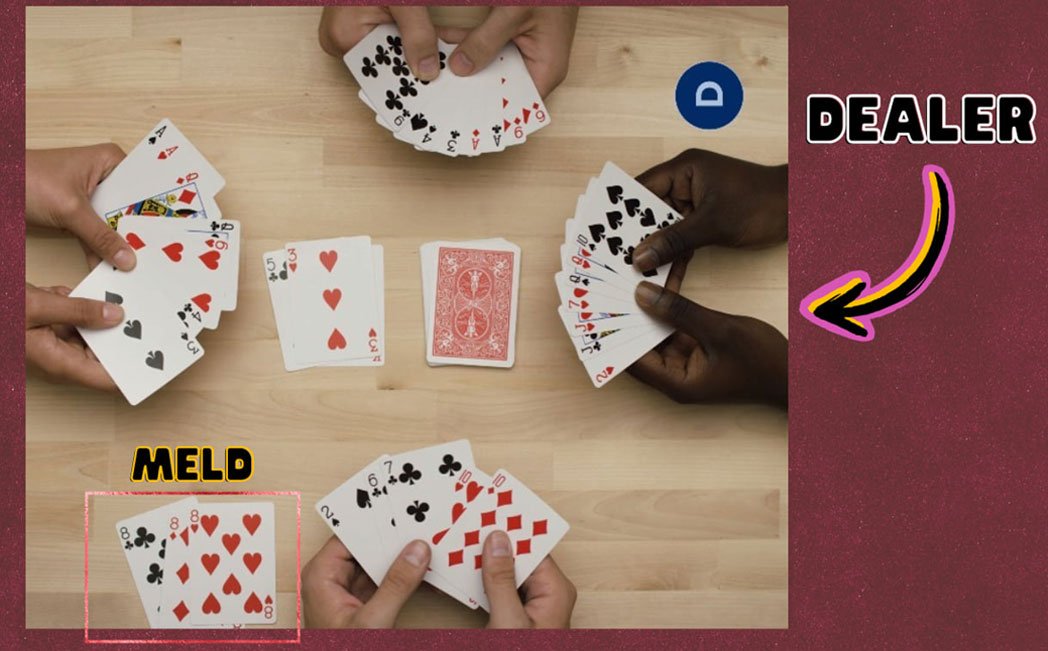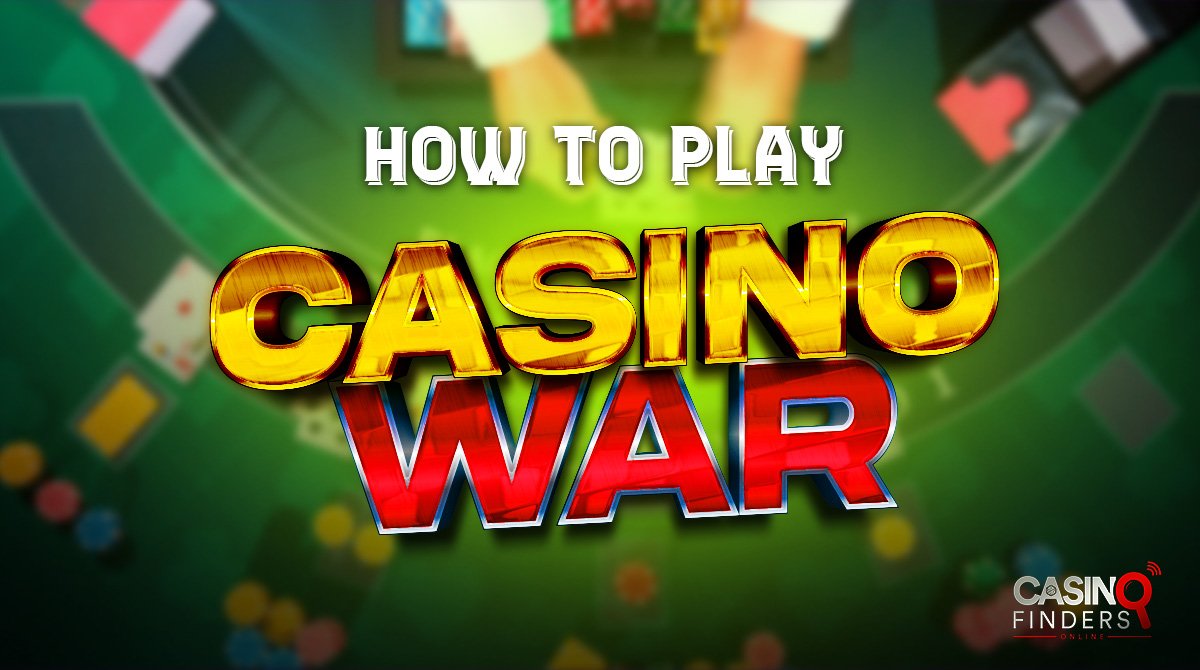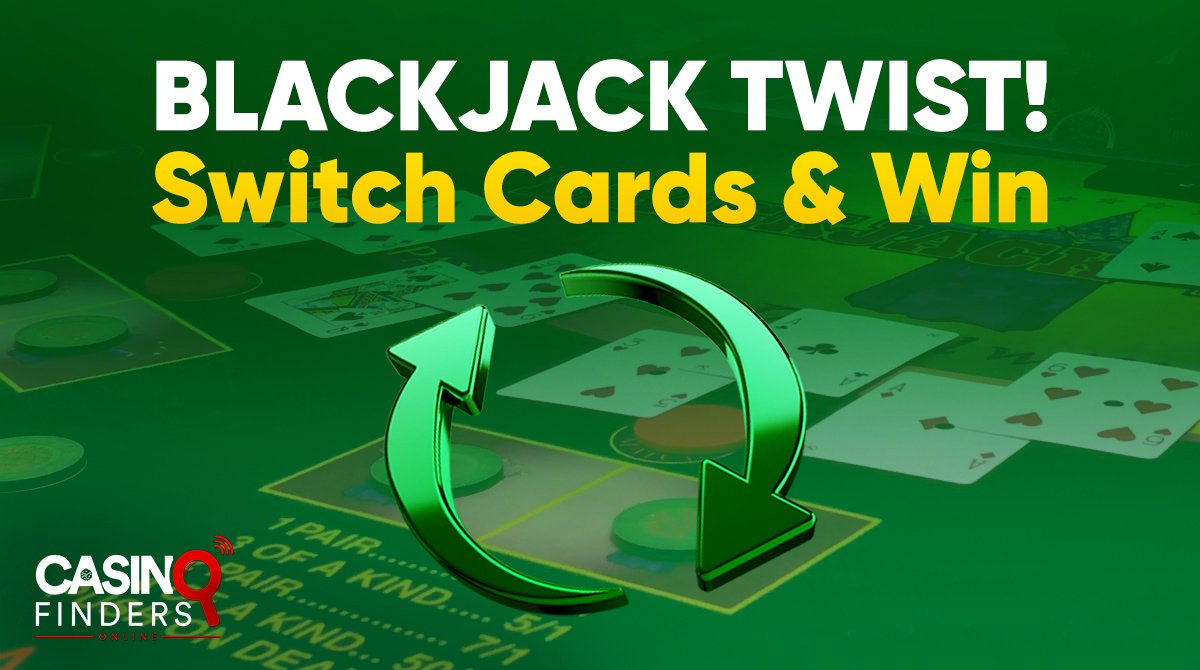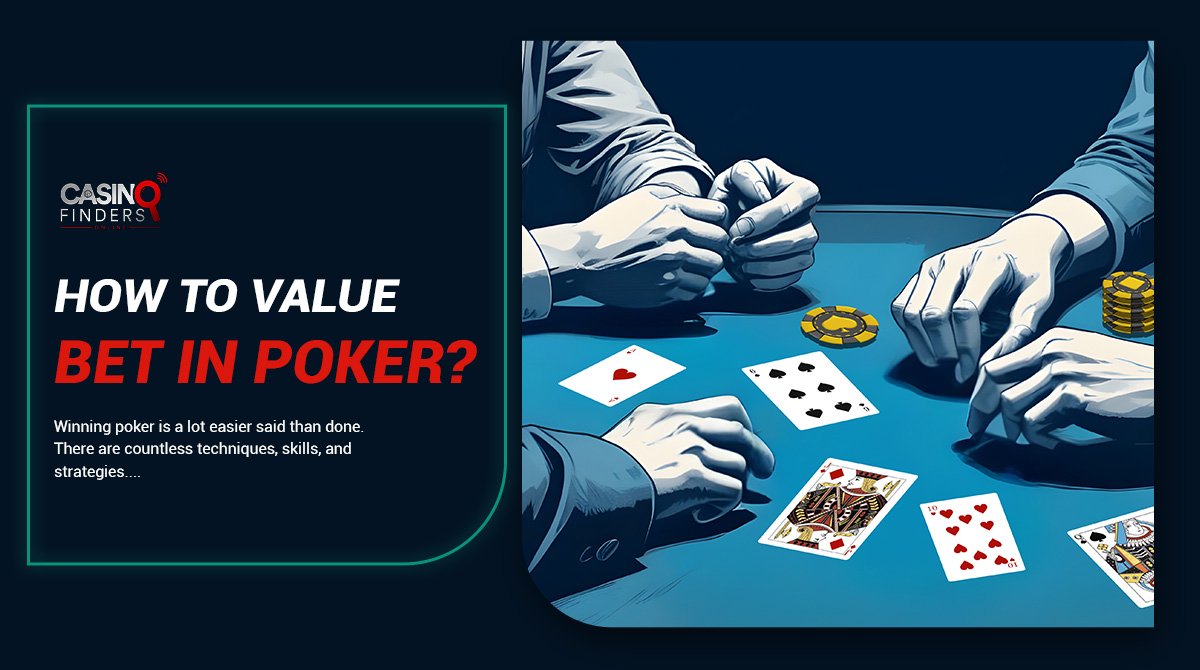How To Play Rummy Card Game: Rules, Variations, And More!

Written by
Joe - Poker PlayerLast updated:
December 1, 2023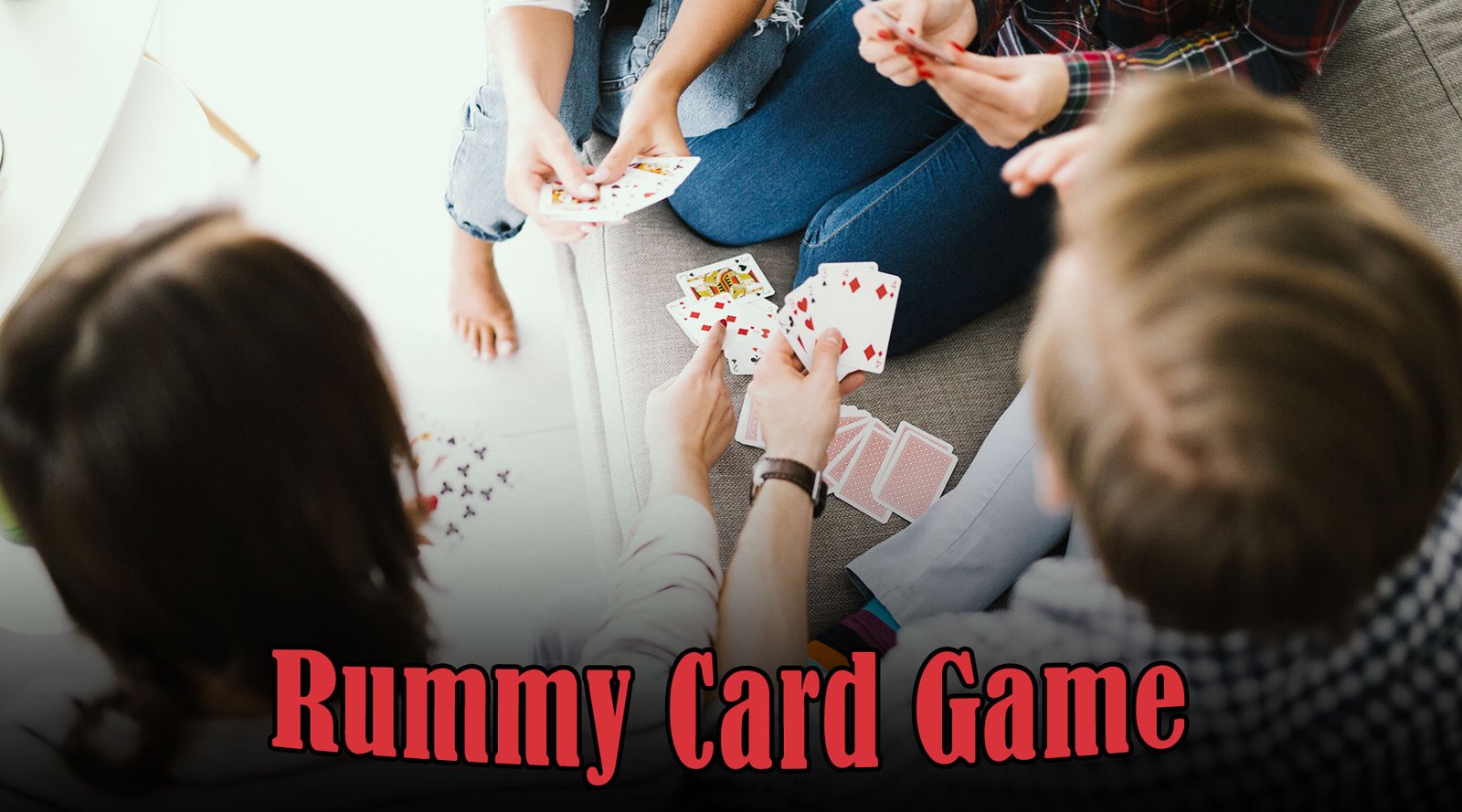
Rummy: one of the oldest, simplest, and most fun card games that have been entertaining families from India to South Africa and North America for generations. After poker, Rummy has the most variations among all card games. From Rummy 500, 13 Cards Rummy, Gin Rummy, German Rummy, and Indian Rummy to Points Rummy, Deal Rummy, and Tournaments, the game is rarely played the same way from table to table.
However, the main objective remains the same across all variations: improve the hand that was originally dealt to you by picking and discarding cards and be the first player to get rid of all your cards. To win the game, you have to follow the rules and pick and discard cards in a set form and sequence. In this guide, we will cover everything you need to know about the original version of the game. From rules to gameplay and strategy, you will learn it all.
What Is Rummy Card Game: Objective And Basic Rules
As mentioned, your goal of playing Rummy remains the same regardless of the variation you choose to play. You have to make combinations with your cards to win.
The object is to be the first person to get rid of all your cards by forming combinations of Meld and Sequence.
But what do we mean by Melds and Sequences? A Meld or Set is a combination of three or four cards of the same rank. If two decks are used, a meld may include two identical cards(same suit and rank). A Sequence, on the other hand, is a combination of three or more cards of the same suit in a consecutive order.
There are two types of Sequence(mainly seen in Indian Rummy): Pure Sequence and Impure Sequence.
To make a Pure Sequence, you cannot use a Joker or Wild card, and all 3 or 4 cards should be the same suit in a consecutive order. For example, 6♥ 7♥ 8♥ or 2♣ 3♣ 4♣ 5♣. You can create an Impure Sequence using one or more Joker cards. For instance, in the 4♦ 5♦ J♣ 7♦ sequence, J♣ is used as a Wild card to complete the sequence. In 7♠ Q♥ 9♠ 10♠ PJ, Q♥ is used as a Wild Card to replace 8♠, and Printed Joker replaced J♠ to complete the sequence.
Card values are the same as most card games: K(High), Q, J, 10, 9, 8, 7, 6, 5, 4, 3, 2, Ace(Low or High). Ace can be either low or high, not both. In other words, a meld can be either A, 2, 3, 4, OR A, K, Q, J, not K, A, 2, 3. The first player who can make all their cards into combinations(melds and/or sequences) with one card remaining to discard wins the game. The number of decks and dealt cards depends on the number of players. The more players, the more cards are required, and fewer cards will be dealt.
- If two players are at the table, one deck is used, and 10 or 13 cards will be dealt to each player.
- 3 to 4 players require 7 cards to be dealt to each player.
- 5 to 6 players require two decks, and 6 cards will be dealt to each player.
How To Play Rummy In 6 Simple Steps
The gameplay is pretty easy. Still, if you want a win, you should learn the steps and make sure to play by the book.
Step 1: Setup and Dealing
According to the number of players, the dealer deals the corresponding number of cards face-down to each player, one at a time. The dealer starts from the player on their left and continues clockwise. The dealer places the remaining undealt cards face-down on the table. The pile is called the Stock Pile.
Then, the dealer takes the stockpile top card and places it next to the pile face-up, forming the Discard Pile. If two players play the game, the winner of each hand will be the dealer for the next round. When more than two people play, the dealer position rotates clockwise around the table.
Step 2: Gameplay
If you sit to the left of the dealer, you play first and have two options: pick up the top card on the discard OR stockpile. If you can combine some of your cards, making combinations of Melds or Sequences (as described above), you can put these down on the table. Otherwise, you should discard one of your cards face-up onto the discard pile. It ends your turn, and the action moves to the next player.
The player next to you can either pick up the last card you discarded or the top card from the stockpile. They also can make combinations of their cards in the form of melds or sequences and put them down in combinations on the table. The action continues clockwise around the table. The dealer shuffles the discard pile and sets it up again when the stockpile runs out of cards.
Step 3: Laying Off
Once you have played a meld or sequence, you can also place cards from your hand onto any melds or sequences already on the table, including opponents.
Step 4: Rummy
What is a Rummy? It occurs when you use all of your cards in one turn without previously having put down or laid off any cards. For example, you make the following combinations:
- Sequence: 4♣ 5♣ 6♣ 7♣ 8♣
- Opponent meld is three 9s and you add one more: 9♥ 9♣ 9♠ 9♦
- Another opponent meld includes three kings, and you add one more: K♣ K♦ K♥ K♠
- You discard your last card.
Step 5: Going Out
When you get rid of all your cards, you go out, you win, and the game ends. But there are two possible scenarios for this: If you are left with matched cards, you can simply lay them down and you should not discard your last turn. In this case, there will be no further play, and the game ends. If the stockpile runs out of cards and the last card has been drawn without any player going out, the next player in the round will have two options. First, they may take the discard pile top card and add it to their hand. Second, they can turn over the entire discard pile to form a new stockpile without shuffling the cards. The player would then draw the top card of this new stockpile. Play continues with players drawing and discarding as normal.
Step 6: Scoring
When you go out, you earn points from the cards remaining in the other player’s hand. Typically, in most Rummy variations, including the original version, 100 is the winning point, and the first player to reach the point will be the winner. For a longer game, you can play to 250 points, or in Rummy 500, the set point is 500 to win the game.
Scoring is as follows:
- Face cards(K,Q,J): 10 POINTS
- 2 through 10: FACE VALUES
- Aces: 1 Point
- If you play with Jokers and Wild cards, each card will cost you 15 points.
Playing Rummy With Joker and Wild Card
In some variations of the game, like Indian Rummy, you use Printed Joker cards and also set a card(e.g., 2s or Qs) as Wild cards. Then, they will be used in creating the combinations(as explained in forms of sequence.)
In general, when you play with friends and family, you can decide to use Jokers or Wild cards. However, when you play online at social casinos like Rummy Palace or free Rummy apps, depending on the version, you may or may not be able to use Jokers and Wild cards.
Rummy Strategies Made Simple + Examples
When starting in Rummy, forming melds from your cards can be tricky. A good tactic is to target combinations that have the highest likelihood of being completed. Carefully check your cards and the ones on the table for the possibility of making certain melds. For instance, say you can only keep two cards from the 5♥, 6♥, and 6♠, and the 6♦ is already used in another run. Keep the ♥s since that gives you two opportunities to draw the 4 or 9 of heart. Keeping the two 6s allows for one possible card only, the 8 of clubs.
Knowing when and whether or not to break up a pair is the other dilemma novice Rummy players would face.
Let’s review this example:
3♠ 3♥ 7♥ 7♦ 9♥
The solution here is to get rid of 9♥. By Keeping pairs of 3 and 7 you will have a good chance of making 3 of a kind. If you keep 9♥, you will have a single chance of making a combination, which is drawing 8♥.
Typically, keeping pairs together is recommended in rummy. However, sometimes, you may need to make a more strategic decision and break up a pair. For example, if you’re dealt 4♠ 4♥ 7♠ 8♠ 8♦ hand and need to discard one card, get rid of one 4. Because 7 is known as a building card and best fits with the 8. It gives you more opportunities to create melds and sequences.
You may think that discarding the 7 will give you the same number of options. You are right. You will have the same number of choices by keeping the two pairs. But if you throw away the 7, you will lose your flexibility for future discards. When you discard a 4 card, you will have a chance to draw a valuable building card, like a 7♠. Then, you can easily discard the other 4 in the next turn. So, surprisingly, Rummy is all about strategy! You have to be strategic about holding and discarding your cards. As a general rule of thumb:
The odds favor your draw to the sequence rather than your hopes for a meld. In other words, you can make your sequence at either end. But a meld has only one possible draw. So, make sure you do the math before discarding a card. Also, make sure to avoid discarding cards that may help your opponents build their sequences.
Thinking about your opponents’ hands is also a powerful strategy. You can learn about your opponent’s strategy by watching how they react to the cards you play and what cards they discard. For example, if your opponent discards a K♣, it is a sign that they are not collecting King cards. It doesn’t make discarding any King safe because they may be collecting high Spades. To make sure, you can discard a K♣ and if they pick it up, it means they are collecting high Spades.
Final Words: Can You Play Rummy Online For Real Money?
Yes. Top legit online casinos like Betonline, Wild Casino, and Super Slots offer at least a version of real money Rummy. However, it is unlikely to find a live dealer Rummy to play for real money. As explained in detail, Rummy is pretty easy to learn but takes time to master as it is more considered a game of skill rather than chance. Focus on identifying and completing sets and sequences that have the highest chance of success. Pay close attention to the cards your opponent takes and discards to gain insights into their strategy. With experience, you’ll improve at reading other players’ hands and meld plans. Though Rummy involves luck in the card draw, making sound decisions gives you the best odds of being the first to go out.
Rummy Card Game FAQs
-
What Is A Meld In Rummy?
Three or four cards of the same rank are called Melds or Sets.
-
Is Rummy Mostly A Game Of Skill Or Luck?
Rummy involves some luck in drawing cards, but experienced players use skill and strategy to increase their chances of forming melds first. Strategy is more involved than pure luck.
-
How Many Points Does A Player Need To Win In Rummy?
The first player to reach a set point total(depending on the variation) wins the game. Usually, the set point is 100 or 120 in standard Rummy.
-
Can Jokers Be Used As Wild Cards In Rummy?
Yes, jokers serve as wild cards in Rummy and can be used to substitute for any card to help complete a meld.



